10 World-Class Airports That Impress + 9 You’ll Want To Skip
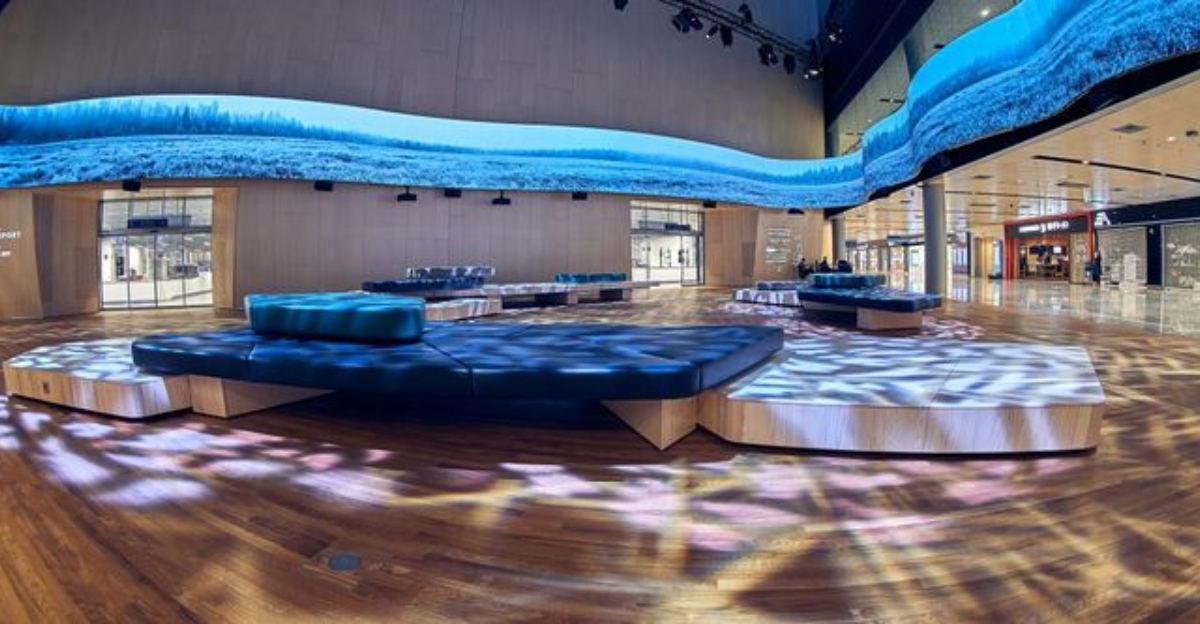
Have you ever stepped into an airport and thought, “I could hang out here all day”—or the complete opposite, where every minute feels like survival mode? Airports aren’t just pit stops; they’re the first and last impressions of your journey.
Some wow you with sleek architecture, spa lounges, and food you’d actually pay for outside the terminal. Others? Well, they test your patience with chaos, grime, and gate changes that feel like scavenger hunts.
I’ve spent enough time in airports around the world to know which ones deserve gold stars—and which should come with a warning label. So buckle up as I break down the terminals that elevate your travel game… and a few that might just make you dread flying altogether.
1. Munich Airport
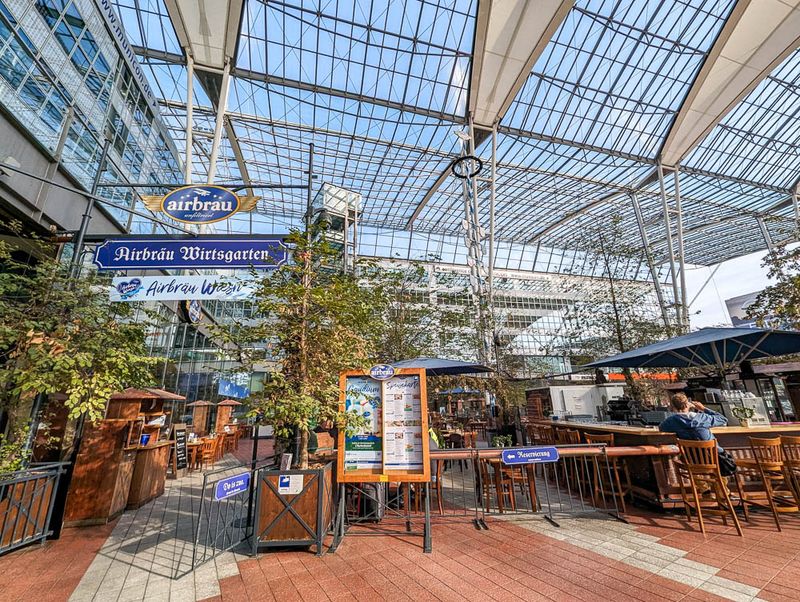
Germany’s second-busiest airport feels more like a luxury mall than a transit hub. Between flights, I wandered through Airbräu, the world’s only airport brewery with a beer garden, where travelers sip authentic Bavarian brews before boarding.
The terminal’s soaring glass architecture floods spaces with natural light, making even security checks feel less stressful. Kids can burn energy at the free playground complete with a mini-plane.
What truly sets Munich apart? The staff efficiency. German precision means your luggage arrives promptly, security lines move quickly, and information is always available. No wonder it consistently ranks among Europe’s top airports.
2. Incheon International, Seoul
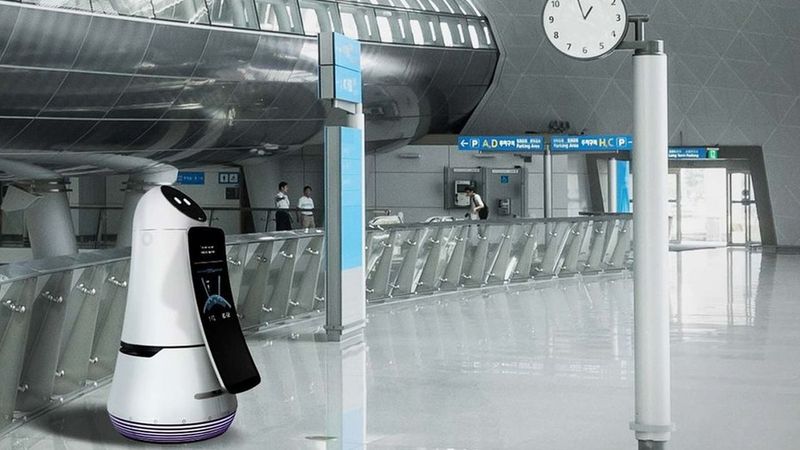
Stepping into Incheon feels like entering the future. Robot assistants glide across spotless floors, directing lost travelers while cleaning crews ensure not a speck of dust survives. The cultural experience zones caught me by surprise – I learned traditional Korean crafts during my layover!
Gardens and quiet zones offer peaceful retreats from travel stress. Their transit hotel lets you book rooms in six-hour blocks, perfect for freshening up between connections.
Free showers, high-speed WiFi, and transit tours of Seoul for longer layovers make delays almost welcome. The shopping rivals Gangnam’s best boutiques, with duty-free bargains that had me reconsidering my luggage allowance.
3. Paris Charles de Gaulle (Skip This One)
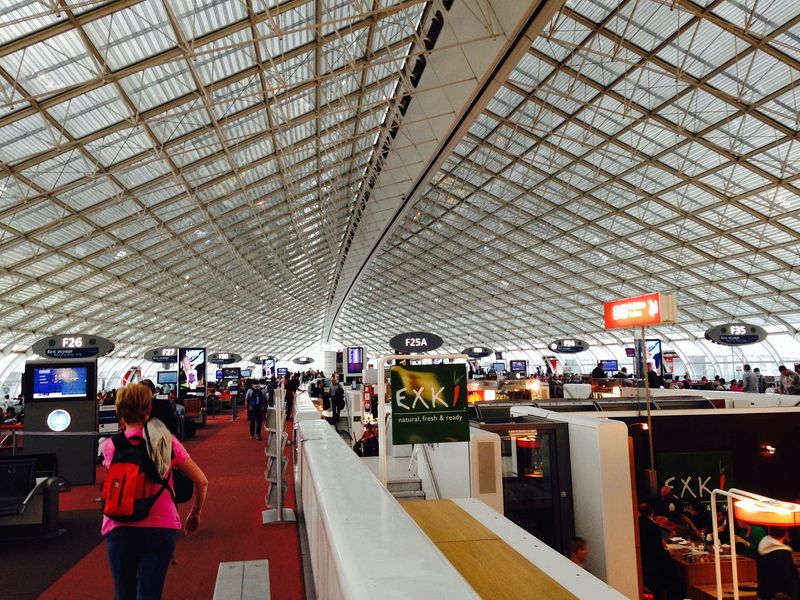
Navigating Charles de Gaulle feels like solving a complex puzzle while running a marathon. The sprawling terminal layout had me constantly lost between terminals, with shuttle buses that never seemed to arrive when needed.
Bathrooms? Often dirty and lacking basic supplies. During my last visit, finding a working electrical outlet became a competitive sport among desperate travelers.
Staff attitudes range from indifferent to openly hostile, especially if your French isn’t perfect. The food options offer mediocre quality at premium prices. Despite being a major European hub, CDG manages to combine inconvenience with inefficiency. Those famous French strikes regularly bring operations to a standstill, leaving thousands stranded without information.
4. Vancouver International
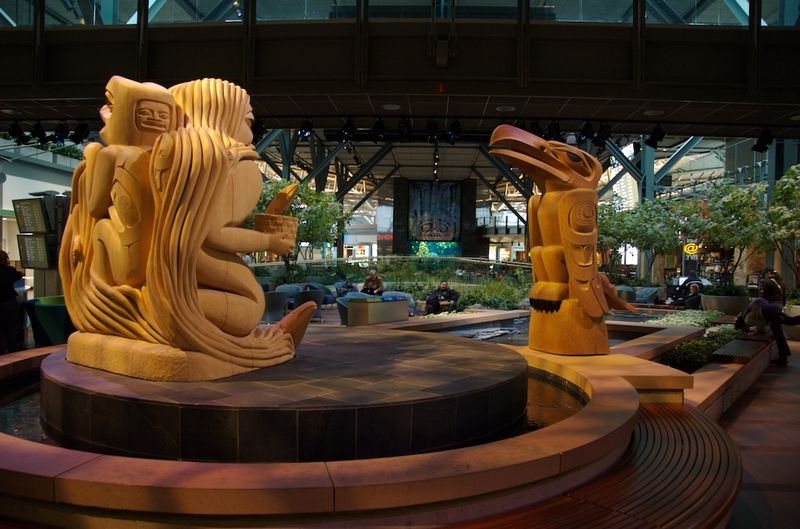
Walking through Vancouver International feels like strolling through an art gallery that happens to have planes. The stunning collection of Pacific Northwest indigenous art creates a sense of place unlike any other airport. My favorite feature? The 114,000-liter aquarium in the international terminal teeming with local marine life.
Natural wood finishes and mountain views remind you you’re in beautiful British Columbia. The staff embody Canadian friendliness, always ready with directions or assistance.
Surprisingly quick security lines and efficient customs processes make international connections smooth. Clean facilities, excellent dining options showcasing local seafood, and thoughtful amenities like quiet zones make layovers here downright pleasant.
5. Cairo International Airport (Skip This One)
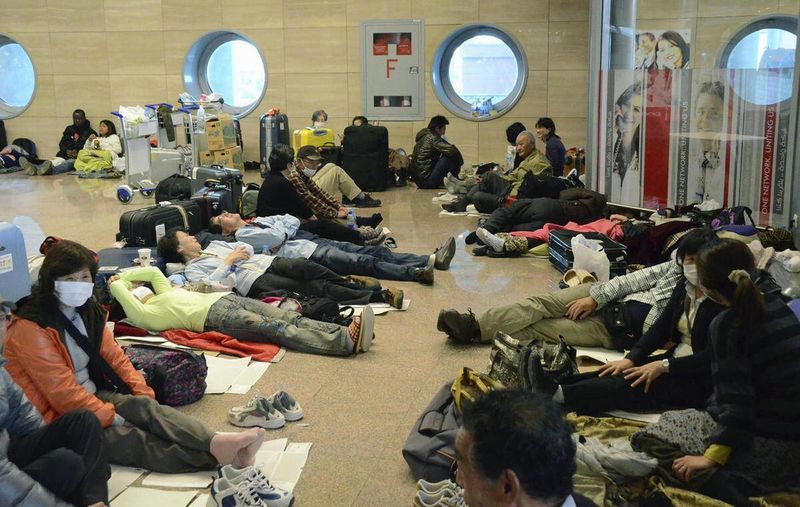
Chaos reigns supreme at Cairo International. My arrival was met with aggressive taxi drivers and unofficial “helpers” demanding tips for services I never requested. Inside wasn’t much better – cigarette smoke filled supposedly non-smoking areas while maintenance seemed like a foreign concept.
Signage appears deliberately confusing, with crucial information often missing or only in Arabic. The bathrooms might make you consider holding it until your destination.
Food options border on inedible, and prices are inexplicably high for Egypt. Security procedures change randomly, creating massive bottlenecks without explanation. Power outages happen frequently enough to seem normal to staff. If you’re connecting through Cairo, build in extra hours – you’ll need them.
6. Vienna International Airport
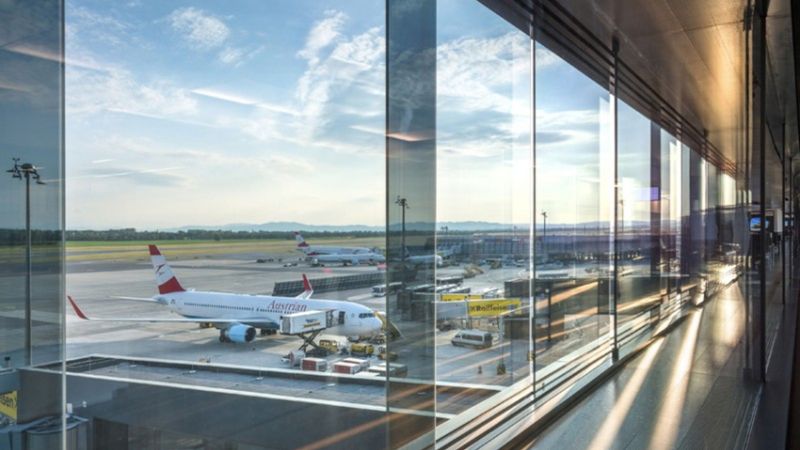
The moment I stepped into Vienna International Airport, I felt the difference, from the soft strains of classical music to the intuitive layout that made everything feel effortless.
Security moves with impressive speed without feeling rushed or compromised. The Vienna airport excels at the little touches – complimentary coffee stations, abundant charging ports, and seating that’s actually comfortable.
Shopping options range from luxury brands to local specialties like Mozartkugeln chocolates. The train connection to central Vienna takes just 16 minutes, making city exploration possible even during shorter layovers. Austrian Airlines’ business lounge deserves special mention for its excellent food and drinks.
7. Jeddah King Abdulaziz (Skip This One)
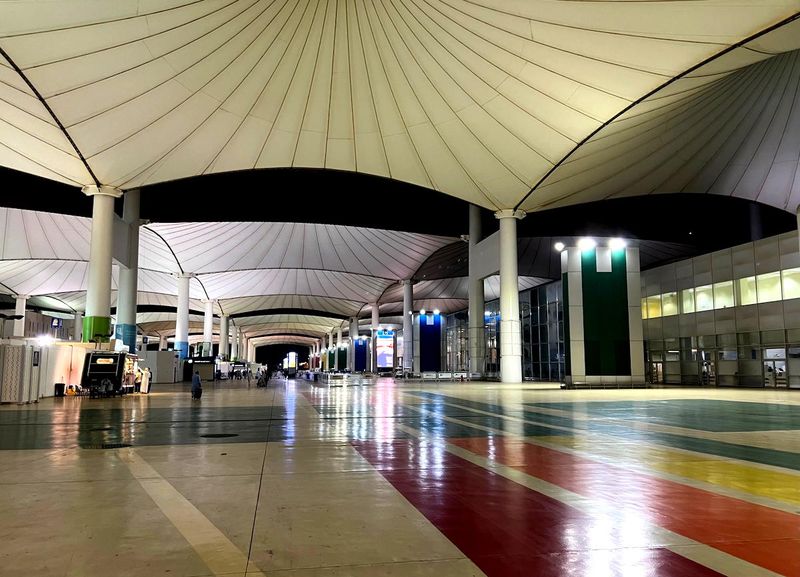
Despite its grand name, King Abdulaziz Airport in Jeddah delivers a royal disappointment. The old terminals remain in use despite the newer Hajj Terminal, creating a jarring contrast between facilities. During my visit, air conditioning worked sporadically at best, turning waiting areas into saunas.
Prayer times shut down operations completely, creating massive processing delays that staff seem unprepared for despite their predictable nature. Finding food beyond basic snacks proves challenging, especially during off-hours.
Seating is limited and uncomfortable, with many travelers resorting to sitting on floors. WiFi exists theoretically but rarely functions. The bathrooms vary from barely acceptable to absolutely avoid. If you’re not visiting for religious pilgrimage, consider alternative connections through Dubai or Doha.
8. LaGuardia Airport, NYC (Skip This One)
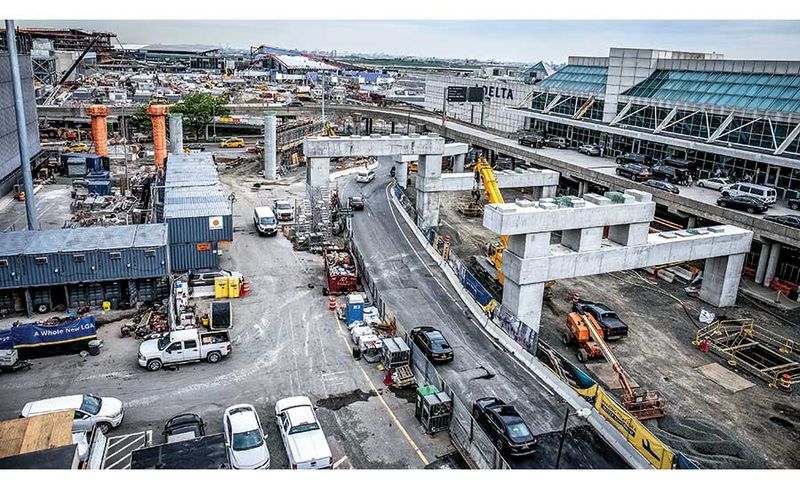
LaGuardia’s reputation as America’s worst major airport remains well-earned despite recent renovation attempts. My last trip involved a terminal that leaked during rainfall, with staff placing buckets to catch water as if this were perfectly normal. Construction seems eternal, creating a maze of temporary walkways that constantly change.
Food options combine airport pricing with fast-food quality. The bathroom situation borders on public health concern.
Ground transportation resembles organized chaos, with taxi lines stretching endlessly during peak times. Flight delays occur so regularly that seasoned New Yorkers build extra hours into their schedules. The cramped gate areas force many to stand while waiting. Even after billions in renovations, LaGuardia remains the airport equivalent of a New York pothole – unavoidable but thoroughly unpleasant.
9. Zurich Airport
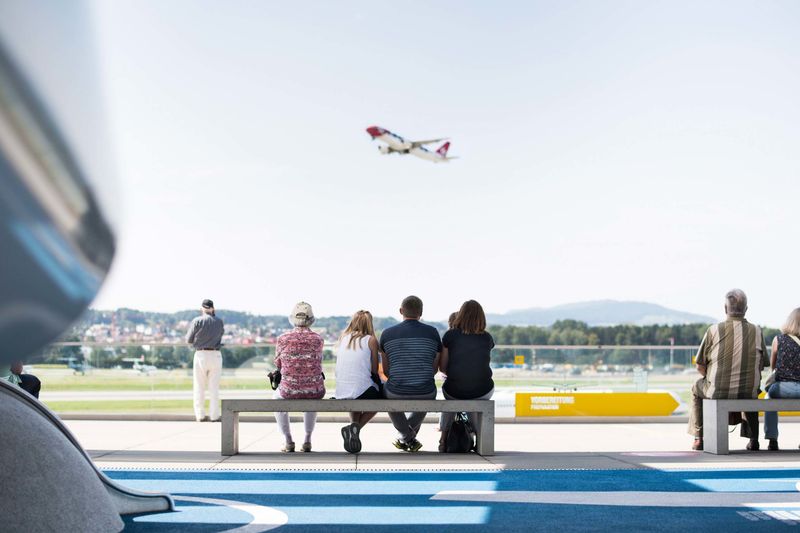
My connection through Zurich felt more like a calm stroll than a stressful race, thanks to clear signage, immaculate facilities, and perfectly timed transport links.
The observation deck offers spectacular views of the Alps on clear days, making plane-watching actually enjoyable. Security staff manage to be both thorough and courteous, a rare combination in airport experiences.
Chocolate shops tempt at every turn with fresh Swiss treats, while the grocery store sells reasonably priced snacks for budget travelers. Drinking fountains dispense mountain spring water throughout the terminal – a refreshing touch. Even during peak hours, Zurich maintains its calm, orderly atmosphere. The airport reflects Switzerland itself: clean, efficient, and quietly impressive.
10. Tokyo Haneda Airport
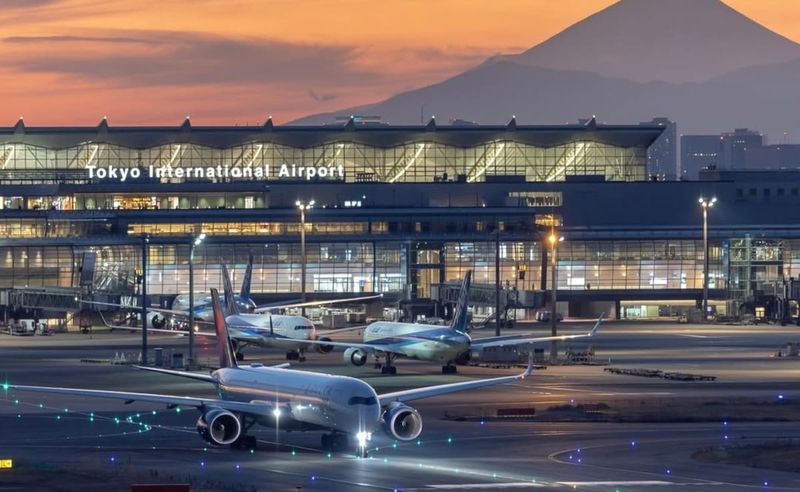
Haneda redefines airport efficiency with Japanese precision. Arriving international passengers can clear immigration, collect bags, and exit in under 30 minutes – a miracle by global standards. The domestic terminal features a traditional Japanese shopping street, complete with regional specialties I couldn’t resist sampling.
Spotless doesn’t begin to describe the cleanliness level. Bathrooms are cleaned continuously and feature high-tech toilets that might require instruction manuals for first-time visitors.
Train connections whisk travelers to Tokyo in just 13 minutes. The observation deck provides spectacular views of Mount Fuji on clear days. Staff speak sufficient English and unfailingly offer assistance before you realize you need it. Haneda proves airports can be logical, clean, and even pleasant.
11. Los Angeles LAX (Skip This One)
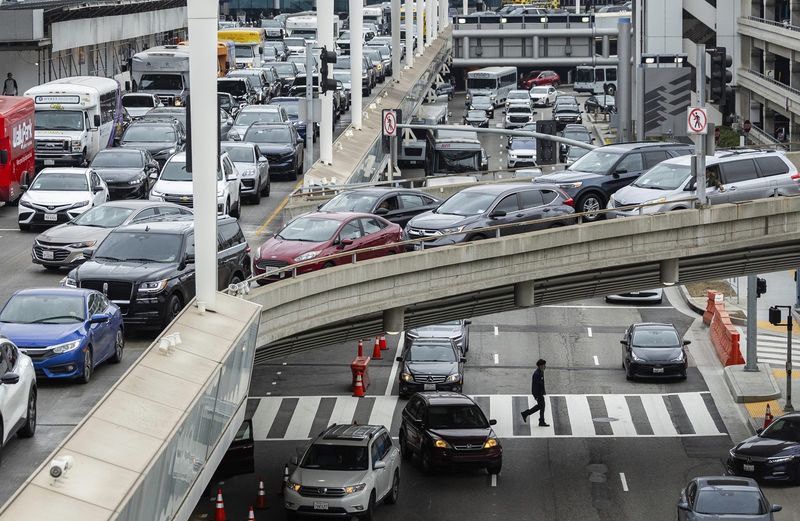
Navigating LAX feels like running a gauntlet of poor design choices, with traffic bottlenecks, long transfer times, and a layout that punishes even the most prepared traveler.
Each terminal operates as its own fiefdom with inconsistent amenities and quality. Finding decent food requires insider knowledge or significant walking.
Construction seems permanent rather than progressive, with improvements perpetually “coming soon.” The international terminal improved recently but still suffers from insufficient immigration staff during peak arrivals. Despite being a gateway to glamorous Los Angeles, LAX delivers a decidedly unglamorous first impression. Even Hollywood celebrities avoid it when possible, preferring smaller regional airports.
12. London Luton Airport (Skip This One)
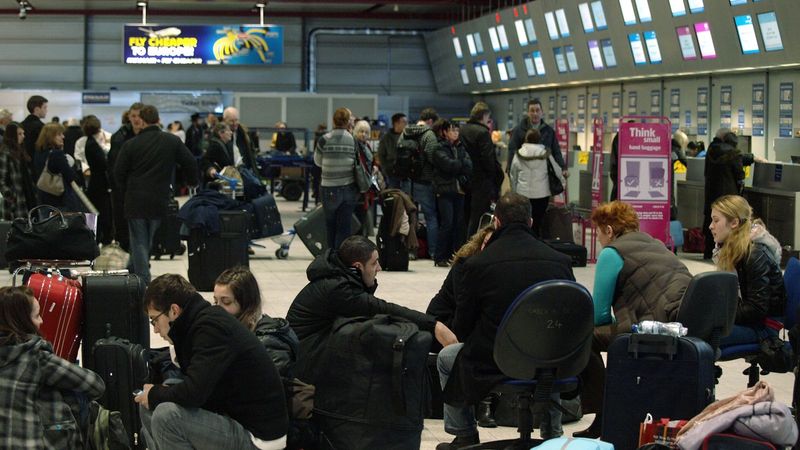
Luton proudly carries the torch for Britain’s worst airport experience. Despite marketing itself as a “London” airport, it sits 35 miles from central London with inadequate transport links. The shuttle bus from the train station to the terminal adds insult to injury – a cash grab for an unnecessary transfer.
Inside, low ceilings and narrow corridors create a claustrophobic atmosphere where passengers compete for limited seating. Security lines snake through the terminal with too few staff managing the flow.
Budget airlines dominate, bringing their cattle-call boarding processes and minimal services. Food options consist mainly of overpriced, underwhelming chains. The single runway means delays cascade throughout the day. Avoid Luton unless the price difference is truly substantial – your sanity deserves better.
13. Nairobi Jomo Kenyatta (Skip This One)
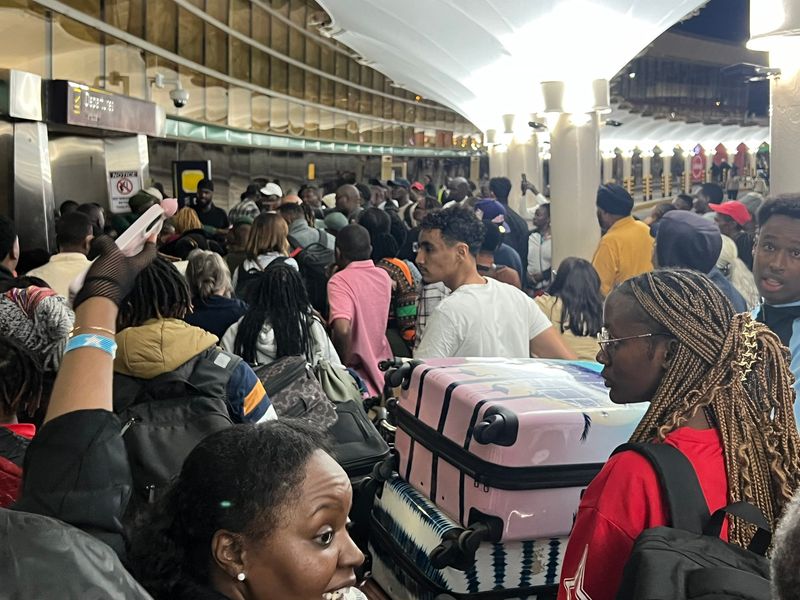
My recent experience at Jomo Kenyatta International was marred by poor infrastructure, including power cuts and malfunctioning immigration systems that led to handwritten forms and hours-long waits.
The aging infrastructure struggles to handle modern passenger volumes. Air conditioning works sporadically, creating uncomfortable conditions in Kenya’s heat.
Wildlife smuggling concerns mean security can be intrusive and time-consuming. Finding reliable WiFi proves nearly impossible. The duty-free shops sell overpriced souvenirs with aggressive sales tactics. Though recent renovations have improved some areas, the overall experience remains frustrating and unpredictable. If possible, schedule daytime connections when systems seem more reliable.
14. Dubai International Airport
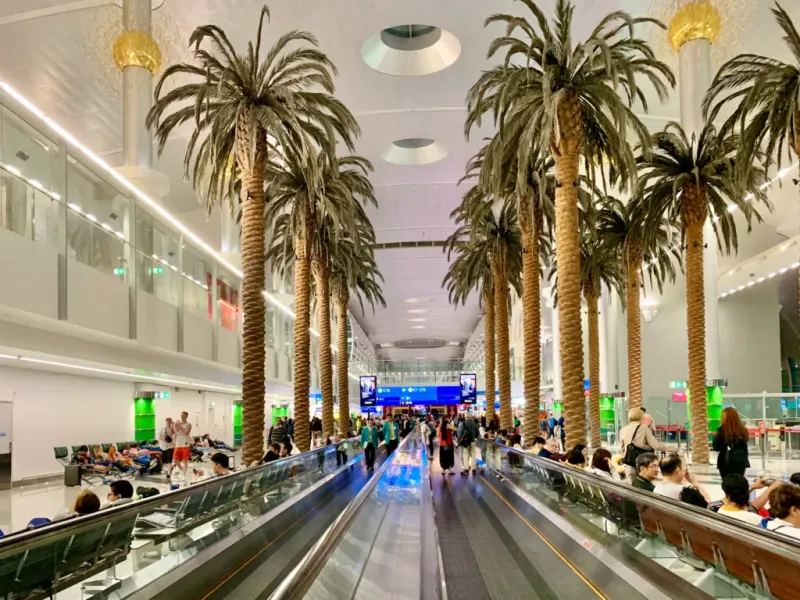
Dubai Airport overwhelms the senses with its sheer scale and luxury. Walking through Terminal 3, I passed an actual indoor rainforest complete with towering trees and waterfall – a surreal experience at 3 AM during my connection.
The shopping rivals Fifth Avenue, with everything from electronics to gold bars available duty-free. For weary travelers, sleep pods rent by the hour, while multiple lounges offer shower facilities for reasonable fees.
The A380 terminal handles these massive aircraft with remarkable efficiency despite the volume of passengers. Food courts serve cuisines from around the world alongside prayer rooms and smoking lounges. Dubai Airport represents the emirate perfectly – excessive, impressive, and entirely focused on delivering a premium experience regardless of time or expense.
15. Hamad International, Doha
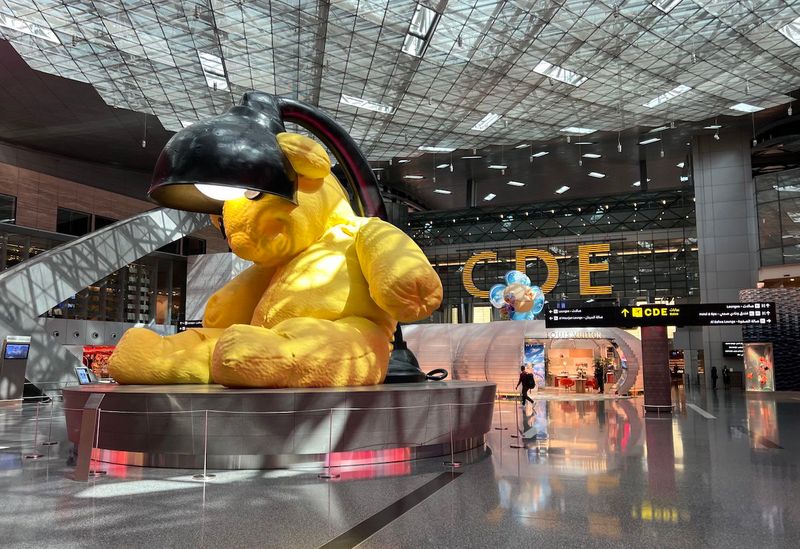
Walking through Hamad International feels like entering a gallery-meets-terminal, with its undulating roof, golden lighting, and the unforgettable centerpiece: a massive teddy bear by Urs Fischer.
The swimming pool and spa facility offers refreshment between long-haul flights for a reasonable fee. Qatar Airways’ dedicated premium terminal for business and first-class passengers sets new standards for luxury.
Even economy travelers enjoy comfortable seating with abundant charging stations. The Qatari commitment to service shows in multilingual staff stationed throughout. Art installations provide cultural context while duty-free shopping offers reasonable prices. Hamad International makes connections almost enjoyable, especially during overnight layovers.
16. Singapore Changi Airport
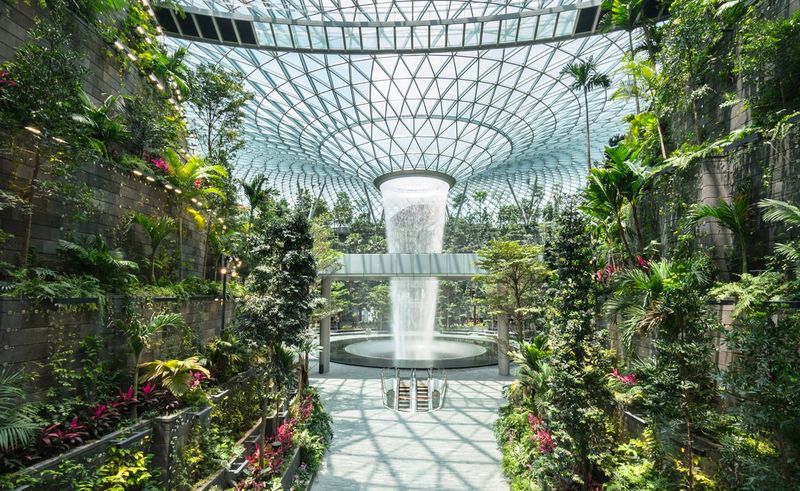
Changi isn’t just an airport – it’s a destination unto itself. The Jewel complex features the world’s tallest indoor waterfall cascading from a domed glass roof. I spent hours exploring butterfly gardens, movie theaters, and a sunflower rooftop garden completely free of charge.
Each terminal offers unique attractions – Terminal 3’s butterfly garden houses over 1,000 tropical butterflies, while Terminal 1 features a cactus garden perfect for stretching legs between flights.
Swimming pools, free city tours for longer layovers, and 24-hour food options make delays almost welcome. The automated immigration clearance works flawlessly, while baggage typically arrives before you reach the carousel. Changi consistently redefines what an airport can be, making every other facility seem merely functional by comparison.
17. Manila Ninoy Aquino (Skip This One)
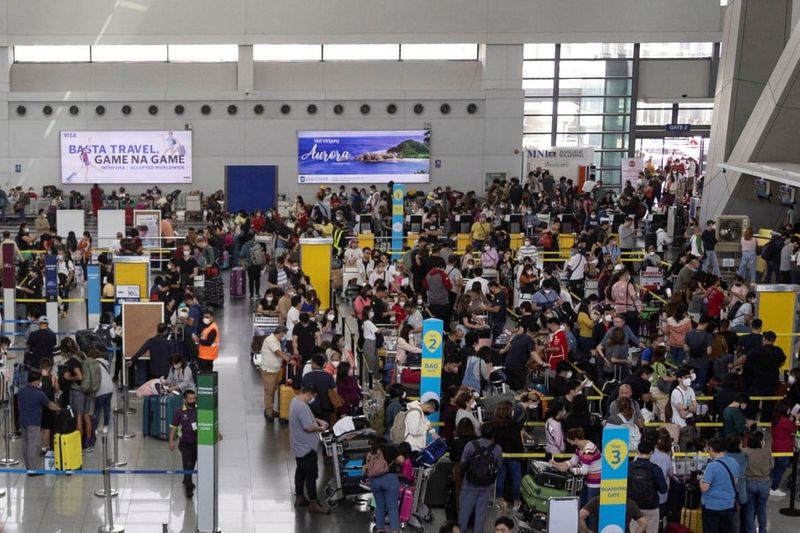
The airport’s outdated design and poor maintenance are hard to ignore, especially when navigating terminal transfers in the rain—or sidestepping puddles inside the terminal itself.
Air conditioning struggles against Manila’s heat and humidity, making most areas uncomfortably warm. The bathroom facilities would benefit from complete renovation rather than the patchwork maintenance they receive.
Security procedures change unpredictably, sometimes requiring multiple screenings for a single flight. Food options offer poor value, with limited selection and questionable freshness. Despite friendly staff doing their best with limited resources, NAIA consistently ranks among Asia’s worst airports. The “terminal fee” collected separately from tickets adds one more frustration to an already challenging experience.
18. Helsinki-Vantaa Airport
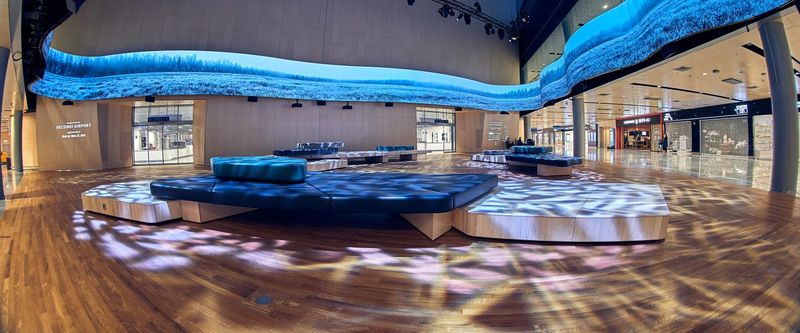
Finnish design philosophy shines throughout Helsinki’s airport – clean lines, natural materials, and thoughtful functionality create a calming atmosphere. The wooden floors and furniture bring warmth to what could otherwise be a sterile environment.
Art installations change regularly, providing cultural insights while entertaining connecting passengers. The airport’s compact design means minimal walking between gates – a blessing during tight connections.
Free WiFi actually works at high speeds, while charging stations appear exactly where needed. The airport’s book swap shelves let travelers exchange reading materials freely. Finnish saunas in the lounge areas offer authentic Nordic relaxation between flights. Even the security process feels efficient without being rushed. Helsinki-Vantaa proves smaller airports can deliver superior experiences through thoughtful design and attention to passenger needs.
19. New York JFK (Skip This One)
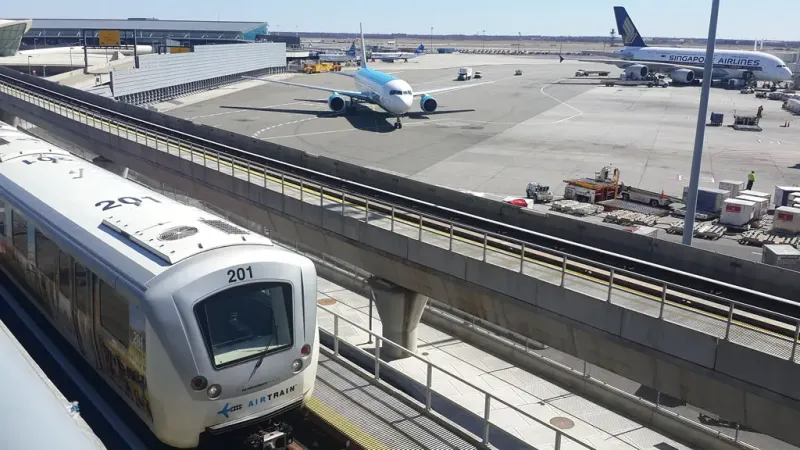
The passenger experience at JFK suffers from its fragmented design, where each terminal feels like a silo and moving between them can be a journey of its own.
Immigration halls handle volume poorly, creating hours-long waits during busy international arrivals. The dated facilities in older terminals contrast sharply with renovated areas, creating a disjointed experience.
Ground transportation to Manhattan remains expensive and time-consuming regardless of method. Food options charge Manhattan prices for distinctly non-Manhattan quality. Despite handling millions of international visitors annually, JFK consistently delivers a poor first impression of America. The constant construction promises improvements that never seem to materialize into a cohesive, functional airport.
